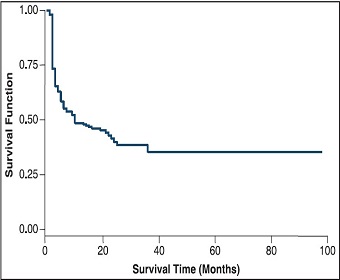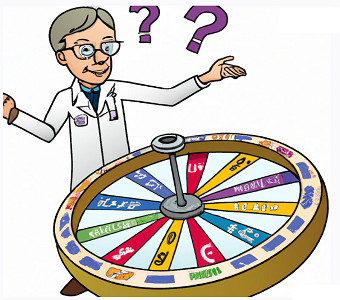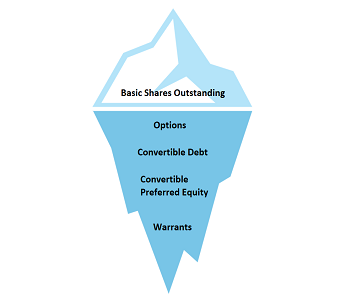The FDA approval process for new medical devices is quite different from that of new prescription drugs. Depending on the level of risk a device poses to users, it may fall under one of three regulatory classes. Each classification defines a distinct level of regulatory control, which subsequently determines the length and difficulty of bringing a device to market as well as the degree of safety monitoring following the device’s approval:
Class I – General Controls
This is the least stringent class. Devices under this classification pose minimal risk and are not intended to be used for supporting or sustaining life or preventing impairment to human life. Class I devices are subject only to “general controls,” which include policies on registering the medical device, proper branding and labeling, good manufacturing techniques, and premarket notification. Nearly all Class I devices are exempt from the regulatory process.
Examples include tongue depressors, oxygen masks, elastic bandages, etc.
Class II – General and Special Controls
Devices under this classification are more complex than Class I devices but still pose minimal risk to users. In addition to general controls, Class II devices are also subject to “special controls,” which may include special labeling requirements, mandatory performance standards, and post-market surveillance. Most Class II devices cannot be marketed until a Preclearance Notification (referred to as a 510(k))—is filed and reviewed, though some devices are exempt from this process.
Most medical devices fall under this category, including X-ray machines, powered wheelchairs, cardiac monitors, etc.
Class III – General Controls, Special Controls, and Premarket Approval
Devices that support human life or present considerable potential risk fall into this category. All innovative medical devices for which there is little to no information are considered Class III devices as well. Because of the high risk involved, it is therefore crucial to ensure that these devices do not malfunction. Class III devices must not only meet the same requirements as those in Class I and Class II, but must also submit and receive approval for a Premarket Approval (PMA) application.
Examples of Class III devices include pacemakers, replacement heart valves, breast implants, etc.
Clearance vs. Approval: What’s the Difference?
Before a new medical device can be marketed, the FDA must first review its safety and efficacy. Depending on the class and novelty of the technology, a new device must either be “cleared” through Premarket Notification review or “approved” through a Premarket Approval application.
Most new medical devices are equivalent to or adaptations of products that are already on the market. Such devices must be cleared through Premarket Notification (510(k)). The FDA does not require human trials for 510(k) devices, and much like a generic drug application, the 510(k) submission needs only to demonstrate that the intended device is “substantially equivalent” to a predicate device that is currently and legally marketed—that is, the device must have the same intended use and is at least as safe and effective as the predicate device. Most Class II devices are approved through this process, and the review time is typically 3-6 months.
In some cases, certain devices may qualify for exemption status, meaning a 510(k) submission is not required. For example, “preamendment devices,” (i.e. devices that were legally marketed before the Medical Device Amendment came into effect on May 28, 1976) are exempt from this process. Almost all Class I and some Class II devices are 510(k)-exempt, though they are still required to follow basic regulations, such as proper labeling and good manufacturing practices.
Devices that pose high risk cannot be cleared through 510(k), however. Instead, they must be approved through the Premarket Approval (PMA) application process. This includes both Class III devices and new medical devices for which no equivalent predicate device exists. Under PMA, the manufacturer must demonstrate the product’s safety and efficacy by providing clinical data that shows the device’s performance in humans. In addition, the FDA has the authority to regulate the promotion of approved PMA devices. Like pharmaceutical companies, manufacturers of approved PMA devices cannot make any misleading claims about their products and must include safety warnings in advertisements. Once submitted, a PMA application is typically approved within 6 months.
A third and less common approval method is Humanitarian Device Exemption (HDE). HDE devices are intended to treat or diagnose a disease or condition that affects less than 4,000 individuals in the United States per year and are exempt from requirements to demonstrate effectiveness. This rare exemption is intended to incentivize manufacturers to develop devices for smaller markets. However, HDE devices must still pose no unreasonably significant risk, or the risks must be outweighed by the potential benefits.
The Cost of Fast Tracking
Overall, the regulatory process for medical devices is much shorter and typically less stringent than that of drugs. The time from concept to market for investigational new drugs is around 10-12 years, while the time for new medical devices is estimated to be only 3-7 years. Though this shorter approval process saves time and money for device manufacturers, the risk to patients is greater. The 510(k) program, in particular, has been criticized for allowing new devices to cite predicates that were recalled for safety concerns. A recent and notable example is transvaginal mesh devices, many of which were approved through 510(k) based on Boston Scientific’s recalled Protogen Sling and ultimately led to a number of major settlements for user injuries and poor design.
Even after a medical device is approved through a PMA or HDE application, depending on the amount of clinical evidence available regarding the technology’s safety, the FDA can require further post-approval studies. These post-approval studies allow the FDA to evaluate potential issues with the device within a larger timeframe and population than observable in clinical trials. While post-approval studies enable innovative medical devices to be brought to market more quickly, they also restrict working capital and can present considerable costs. Often, a device manufacturer will remove the product from the market instead of conducting additional safety testing.




